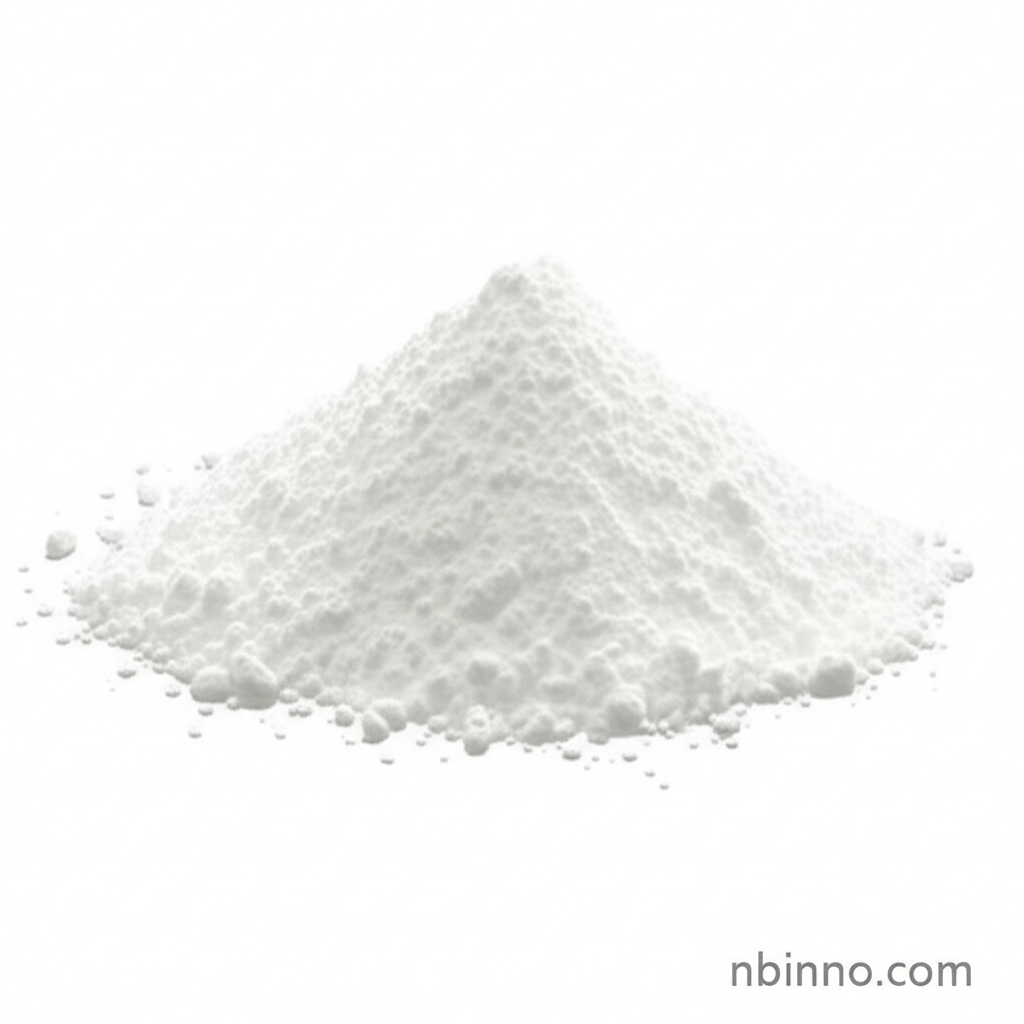High-Purity 4,4'-Bipyridine: Your Essential Organic Synthesis Component
Discover the versatile applications and superior quality of 4,4'-Bipyridine for your advanced chemical research and manufacturing needs.
Get a Quote & SampleProduct Core Value

4,4'-Bipyridine
4,4'-Bipyridine, identified by CAS number 553-26-4, is a critical chemical compound valued for its high purity, often exceeding 99%. It serves as a foundational element in numerous complex chemical transformations and advanced material science applications. Its reliable performance makes it an indispensable component for researchers and manufacturers alike.
- Explore the use of 4,4'-Bipyridine in organic synthesis, enabling the creation of complex molecules with precision and efficiency.
- Discover its role as a pharmaceutical intermediate, facilitating the development of new therapeutic compounds.
- Leverage its capabilities for catalysis applications, driving chemical reactions with enhanced performance.
- Benefit from its utility in luminescence chemistry, contributing to the development of advanced optical materials and technologies.
Key Advantages
Exceptional Purity
Achieve reproducible results with our 4,4'-Bipyridine, boasting a purity of 99% min, which is crucial for sensitive chemical processes and high-demand applications.
Versatile Chemical Reactivity
Utilize the unique chemical properties of 4,4'-Bipyridine for a wide range of transformations, from complex organic synthesis to specialized intermediate production.
Reliable Supplier Support
Partner with a trusted source for your chemical needs, offering mature technical support and professional logistic services for a seamless procurement experience.
Key Applications
Organic Synthesis
4,4'-Bipyridine is extensively used in advanced organic synthesis, acting as a building block for intricate molecular structures and novel compounds.
Pharmaceutical Intermediates
As a key pharmaceutical intermediate, it plays a vital role in the synthesis pathways for various active pharmaceutical ingredients (APIs).
Catalysis
The compound is recognized for its utility in catalysis applications, facilitating efficient chemical transformations in research and industrial settings.
Research & Development
Its unique properties make it valuable in academic and industrial R&D for exploring new materials and chemical processes, including those involving luminescence and spectrophotometry.
